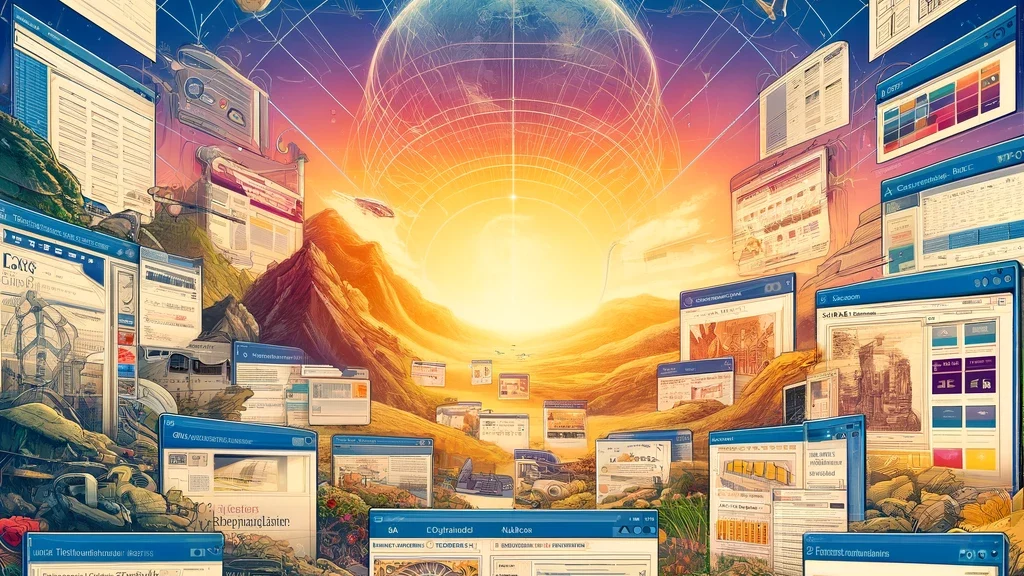In the vast and ever-expanding universe of web development, HTML and CSS stand as foundational pillars that have shaped the way we create and experience digital content. From the birth of simple web pages to the complex, responsive designs of today, the journey of HTML and CSS is a fascinating story of technological evolution, community collaboration, and forward-thinking innovation.
The Origins of HTML
HTML, or Hypertext Markup Language, began its journey in the early 1990s, conceived by Tim Berners-Lee, a British computer scientist at CERN. It was designed to meet the growing need for technology that could facilitate the sharing and updating of information among researchers across different universities and institutions globally. The first version of HTML was rudimentary, allowing basic document structuring with headings, paragraphs, and links. It was a simple yet powerful concept that laid the groundwork for the modern web.
The Birth and Evolution of CSS
As the web began to grow, the limitations of HTML became apparent—particularly in its capacity for styling. Initially, web developers had to rely heavily on HTML itself to style their pages, leading to cumbersome code and limited styling options. This challenge was met in 1996 with the introduction of CSS (Cascading Style Sheets) by the World Wide Web Consortium (W3C). CSS was a revolutionary idea that separated content from design, allowing developers to create stylistic templates that could be applied to multiple pages at once.
CSS evolved through several versions, each adding more sophisticated styling options like positioning, animations, and grid layouts. These advancements enabled designers to create visually appealing sites without sacrificing performance or accessibility.
The Symbiotic Relationship
The relationship between HTML and CSS is symbiotic. While HTML provides the basic structure of a webpage, CSS adds the stylistic elements that bring the page to life. This separation of content and style has significant advantages, including easier maintenance, faster page loading times, and the ability to create different layouts for different devices from the same HTML codebase.
Modern Developments
Today, HTML5 and CSS3 are the latest standards adopted by the web community. HTML5 introduced many features that were previously dependent on third-party plugins, such as video playback, canvas for drawing, and better support for web applications. CSS3 brought in more creative capabilities like rounded corners, shadows, gradients, and animation effects, allowing for richer, more engaging websites.
Tools and Frameworks
The growth of HTML and CSS has also spurred the development of numerous tools and frameworks, designed to make web development more efficient and standardized. Tools like SASS (Syntactically Awesome Style Sheets) extend CSS by allowing variables, mixins, and functions in stylesheets, making the code easier to write and manage. Frameworks like Bootstrap provide ready-made components and grid systems that streamline the development of responsive, mobile-first websites.
The Future of Web Design
As we look to the future, the evolution of HTML and CSS continues to be driven by the needs of users and the creativity of developers. With the increasing importance of mobile devices, the focus is on making websites more responsive and faster. Emerging technologies like CSS Grid Layout and Flexbox offer even more options for responsive design, while developments in web standards and accessibility guidelines ensure that the web remains inclusive for all users.
In conclusion, the story of HTML and CSS is one of continuous improvement and adaptation. These technologies have not only survived the rapid changes in the IT landscape but have thrived, constantly evolving to meet the demands of new generations of designers and developers. As we continue to push the boundaries of what’s possible in web design, HTML and CSS will undoubtedly play critical roles in shaping the future of digital experiences.

